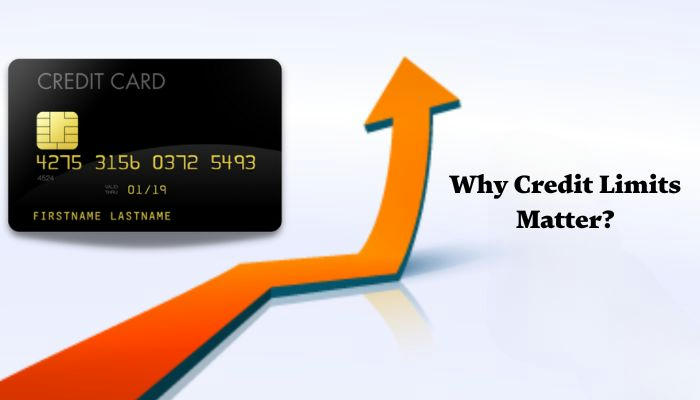Understanding and Improving Your Credit Card Limit
Credit card limits play a key role in how credit works and how lenders evaluate borrowing behavior. Knowing how your limit is determined—and what can be done to improve it—can help with both financial planning and credit health.
What Is a Credit Card Limit?

A credit limit is the maximum amount a credit card issuer allows a person to charge on a particular card. Once spending reaches this limit, additional purchases may be declined unless a payment is made.
While some cards may start with modest limits of a few hundred dollars, others may offer significantly higher ceilings. According to a 2024 report from Experian, the average credit card limit in the United States is around $28,930.
However, individual limits can vary greatly based on several factors.
What Affects Your Credit Card Limit?
Credit card companies consider various personal and economic factors when assigning a limit. Here are some of the most common ones:
1. Credit History and Score
A higher credit score generally leads to a higher starting limit. Credit reports that reflect timely payments, responsible use, and low credit utilization often signal that the borrower is a low risk.
Additionally, the length of credit history also matters. Longer histories with positive payment patterns tend to lead to more favorable offers.
2. Income and Existing Debt
Lenders typically review both gross income and monthly obligations. A person with a high income and relatively low ongoing debt is more likely to qualify for a higher credit limit.
A commonly reviewed metric is the debt-to-income ratio (DTI), which compares monthly debt payments to monthly earnings.
3. Relationship With the Card Issuer
Past experiences with the same credit card issuer can influence decisions. For example:
A customer who consistently pays on time may be rewarded with a higher limit.
Someone with multiple active cards from the same issuer might see slower credit limit increases.
4. Issuer Policies and Economic Conditions
Each bank or credit company has its own criteria. During uncertain economic periods, such as recessions, some lenders may tighten their lending standards and reduce existing limits—even for customers in good standing.
How to Increase Your Credit Limit
There are several ways to request or encourage a higher credit limit. Each method depends on financial habits and communication with the card issuer.
1. Update Income Information
If earnings increase, reporting the change to your card provider can support a higher credit limit. Many banks have online tools that allow updates to annual income, which are then reviewed during periodic account assessments.
2. Strengthen Credit Health
Improving your credit score is one of the most effective long-term strategies. This can be done by:
Paying all bills on time
Keeping balances low
Avoiding frequent new credit applications
Maintaining older accounts
Over time, better credit may not only result in higher limits but also better interest rates.
3. Submit a Credit Limit Request
Most card issuers allow customers to apply for a credit limit increase either online or over the phone. Some approvals are automatic, while others may involve a hard credit inquiry, which can temporarily lower a credit score.
Before requesting, it’s helpful to check if the issuer offers pre-approval or soft pull options.
4. Transfer Credit Between Cards
If multiple cards exist under the same issuer, it may be possible to shift part of one card’s limit to another. This could be useful for managing large one-time expenses without opening a new account.

Why Credit Limits Matter
A higher credit limit—when used responsibly—can benefit personal finance in several ways:
Improved Credit Utilization: This is the percentage of credit used versus available credit. Keeping utilization below 30% is recommended by most financial experts, and a higher limit makes this easier.
Emergency Flexibility: In unexpected situations, having more available credit can provide short-term financial relief.
Potential Rewards or Perks: Higher spending capacity may unlock certain card features, such as travel benefits or cashback incentives.
However, spending responsibly is key. A higher limit should not be seen as permission to overspend.
Credit Limit vs. Available Credit
It’s important to understand the distinction between two commonly confused terms:
| Term | Definition |
|---|---|
| Credit Limit | The maximum total balance allowed on a credit card |
| Available Credit | The unused portion of the limit after current balances are considered |
For example, if a card has a $10,000 limit and $3,000 has been spent, the available credit is $7,000.
Final Thoughts
Credit limits aren’t fixed forever—they reflect both your financial habits and a lender’s confidence. With responsible use, a strong credit history, and steady income growth, it’s often possible to earn gradual increases over time.
Rather than focusing on the number alone, the goal is to manage credit in a way that promotes flexibility, minimizes interest costs, and builds long-term financial stability.
